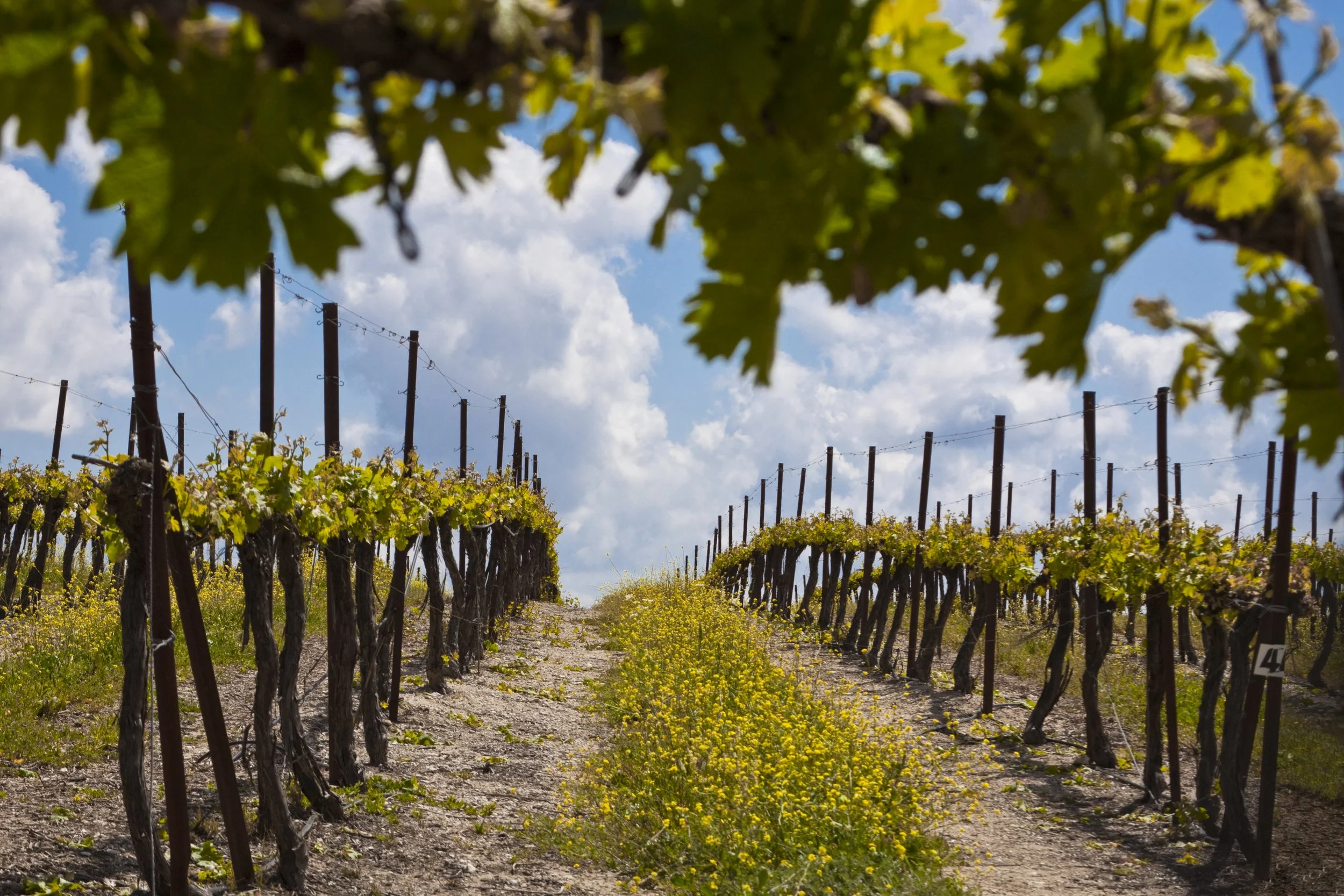The Ancient Art and Modern Revival of Sicilian Winemaking
When you think of Sicily, you might imagine rolling vineyards under a blazing sun, an ancient land soaked in flavors as bold as its rich, layered history. And when it comes to winemaking, Sicily is a place where tradition meets innovation—an island where vintners have been perfecting their craft for over 6,000 years. Yes, you read that right. The roots of Sicilian winemaking go back to 4000 BC, making it one of the oldest wine regions in the world.
What makes Sicilian wine so exceptional? From its resilient indigenous grape varieties to the island’s unique climate and soil, let’s explore what makes Sicilian wine an experience like no other.
The Perfect Climate for Grapes
Sicily’s warm, dry climate is ideal for grape cultivation. With endless sunny days, little rain during the summer, and cooling sea breezes, it’s no wonder winemaking thrives here. The climate allows grapes to ripen slowly and perfectly, concentrating flavors that give Sicilian wines their renowned intensity. And that intense sunshine isn’t just good for grapes; it allows winemakers to produce natural wines with minimal intervention, making Sicilian wines an authentic taste of the land.
A Tradition Spanning Millennia
The Phoenicians first brought grapevines to Sicily, but it was the Greeks who established the island’s first real vineyards, seeing the volcanic soil as perfect for cultivating complex wines. The Romans followed suit, making Sicilian wine famous across the empire. Throughout the ages, despite invasions and rule by the Arabs, Normans, and Spanish, Sicilian winemaking continued to evolve, each culture bringing its own techniques and tastes to the process.
Today, Sicily produces over 600 million Liters of wine every year from more than 50 indigenous grape varieties, spread across 100,000 hectares of vineyards, making it one of Italy’s largest wine regions. It’s safe to say that Sicilian winemaking has gone from ancient tradition to modern art.
The Heart of Sicily's Wines: Unique Indigenous Varieties
While Sicily is known around the world for Nero d’Avola, there’s a treasure trove of indigenous grape varieties that bring depth and diversity to the region’s wines. Here are a few of the most notable:
Nero d’Avola: Often called “the king of Sicilian red wines,” this grape produces bold, structured reds with flavors of dark fruit and spice. It’s most commonly found on the eastern side of the island and has become a signature of Sicilian winemaking.
Grillo: This aromatic white grape thrives in Sicily’s hot climate, producing wines with citrus notes and a refreshing minerality. It’s a staple in Marsala production on the western coast but also shines as a dry, stand-alone wine.
Inzolia: Another beloved white variety, known for its floral and nutty notes. It’s often used in blends and pairs beautifully with Sicily’s seafood dishes.
Frappato: A lighter red, almost rosé-like, with bright berry flavors. Frappato is perfect for casual sipping and embodies the vibrant spirit of Sicilian coastal life.
Each of these grapes carries a distinct character, and when grown in Sicily’s diverse terroir—from coastal vineyards to the volcanic soils near Mount Etna—they produce wines that are truly one-of-a-kind. (Take a look at the products we offer all made by the different types of grapes mentioned)
Sicily’s Place on the Global Wine Stage
From wine enthusiasts to critics, the world has taken notice of Sicily’s vibrant wine industry. The island’s unique offerings, paired with sustainable practices and innovative methods, make Sicilian wines some of the most exciting to watch in Europe. With each glass of Sicilian wine, you taste the island’s rich history, feel the warmth of its sun, and experience a tradition that’s as timeless as it is innovative.
Bring a Taste of Sicily Home
Whether it’s a bold Nero d’Avola paired with hearty Sicilian fare or a bright Grillo that captures the essence of a Mediterranean afternoon, Sicilian wine is more than a drink—it’s a journey. So, next time you pour a glass, let it take you to the sun-soaked vineyards, the ancient traditions, and the vibrant culture of Sicily.
- Salute! Miss Trinacria xx


